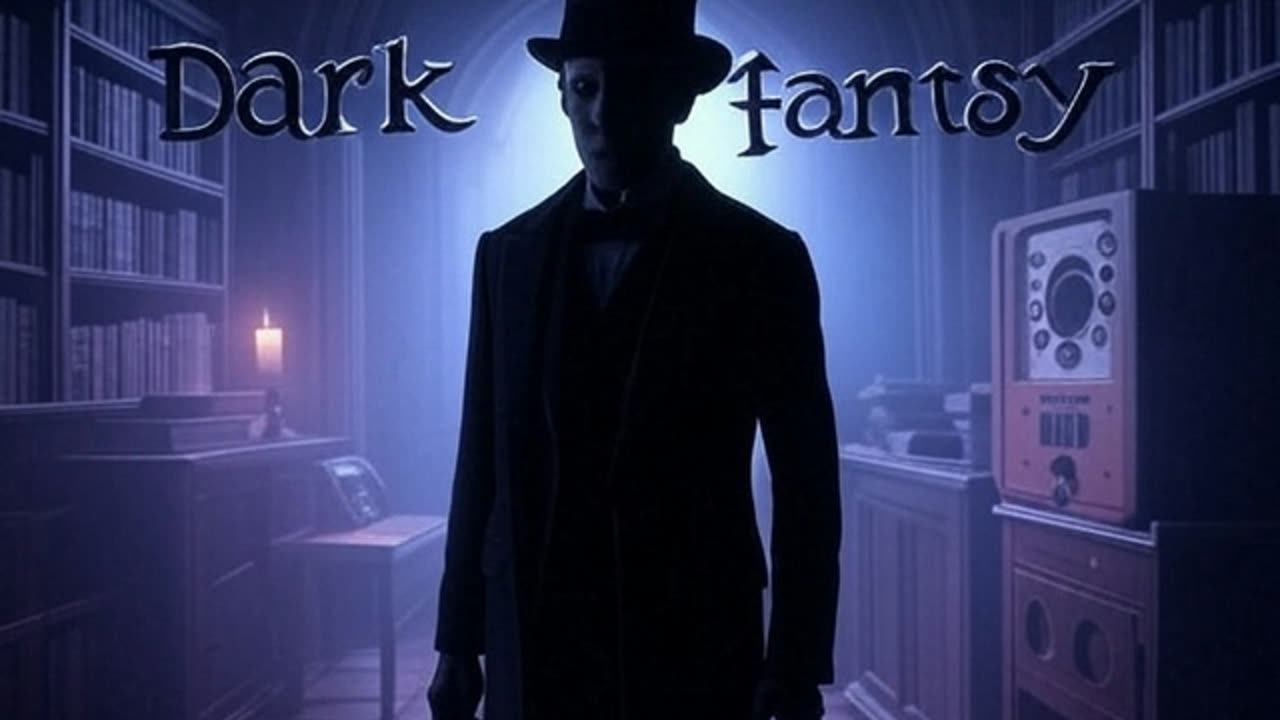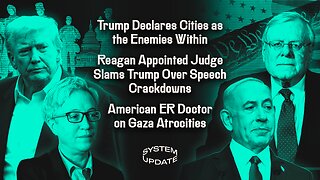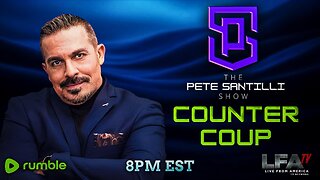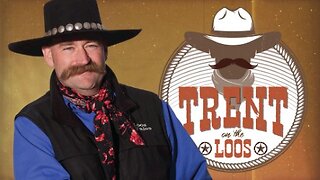Premium Only Content

Dark Fantasy - W Is for Werewolf February 13, 1942
Episode Summary: Dark Fantasy - "W Is for Werewolf" (February 13, 1942)
In "W Is for Werewolf," the story plunges into classic horror with a tale of lycanthropy. A protagonist, possibly Roger Dike, arrives in a remote town plagued by brutal killings under the full moon. Suspicion falls on a cursed individual or a secretive resident harboring a monstrous secret. The episode builds suspense with howling winds, frantic townsfolk, and eerie sound effects, as the hero uncovers the werewolf’s identity. The climax likely involves a confrontation, with the werewolf’s fate tied to a tragic or supernatural resolution, consistent with Dark Fantasy’s blend of horror and moral complexity. (No recording survives, so the summary is based on the episode title and the series’ typical narrative style.)
Actors and Roles
Specific casting details for Dark Fantasy episode "W Is for Werewolf" (February 13, 1942) are not well-documented, as was common for this NBC radio series produced in Oklahoma City. The show, written by Scott Bishop, relied on a small ensemble of radio actors, with credits often omitted. Probable performers include:
Ben Morris or Garry Morfit as the lead male character (potentially Roger Dike or a similar protagonist). These actors were staples in Dark Fantasy, voicing investigators or victims of supernatural events.
Supporting roles (e.g., townsfolk, werewolf, or witnesses) were likely played by NBC stock actors like Eleanor Audley, Paul Frees, or others from the WKY studio, though exact roles are unconfirmed due to missing records.
National News in the USA: Week of February 13, 1942
World War II Escalation: The U.S. was deeply engaged in World War II, two months after Pearl Harbor. News highlighted Japanese victories in the Pacific, including the fall of Singapore (February 15, 1942), a major blow to Allied forces. The Battle of Bataan continued, with U.S. and Filipino troops under siege.
Home Front Mobilization: War production surged, with factories churning out tanks, planes, and ships. Rationing expanded, affecting tires, sugar, and gasoline, while war bond campaigns urged public sacrifice.
Executive Order 9066 Prelude: Discussions about Japanese-American internment were intensifying. On February 19, 1942, Roosevelt would sign Executive Order 9066, but the week prior saw growing media focus on West Coast security concerns and anti-Japanese sentiment.
Patriotic Fervor: Roosevelt’s radio addresses and newsreels rallied Americans. Reports covered draft registrations and women joining the workforce to support the war effort.
-
 LIVE
LIVE
Glenn Greenwald
2 hours agoTrump Declares Cities as the Enemies Within; Reagan Appointed Judge Slams Trump Over Speech Crackdowns; American ER Doctor on Gaza Atrocities | SYSTEM UPDATE #524
6,464 watching -
 LIVE
LIVE
Dr Disrespect
9 hours ago🔴LIVE - DR DISRESPECT - 10 WINS ON CONTROLLER - BO7 TOMORROW
1,247 watching -
 LIVE
LIVE
The Jimmy Dore Show
2 hours agoWhat’s At Stake in the Government Shutdown! Candace Owens CALLS OUT TPUSA Leaders! w/John Fugelsang
9,305 watching -
 LIVE
LIVE
SpartakusLIVE
2 hours agoI'M BACK || Quads w/ The Boys
78 watching -
 LIVE
LIVE
Nikko Ortiz
1 hour agoPTSD Is Fun Sometimes | Rumble LIVE
42 watching -
 1:02:40
1:02:40
BonginoReport
2 hours agoA Florida Man Attempts a Jussie Smollett Hoax - Nightly Scroll with Hayley (Ep. 146)
71.4K48 -
 LIVE
LIVE
Playback Request Live
1 hour agoPRL EP 14 - EMO NIGHT 🖤
28 watching -
 LIVE
LIVE
Blabs Games
3 hours agoWill We Find A Server? Star Wars Battlefront II | Noob Plays
34 watching -
 LIVE
LIVE
LFA TV
21 hours agoLIVE & BREAKING NEWS! | WEDNESDAY 10/1/25
810 watching -
 30:00
30:00
BEK TV
8 hours agoGUT HEALTH AND THE POWER OF KIMCHI WITH KIM BRIGHT ON TRENT ON THE LOOS
1.3K